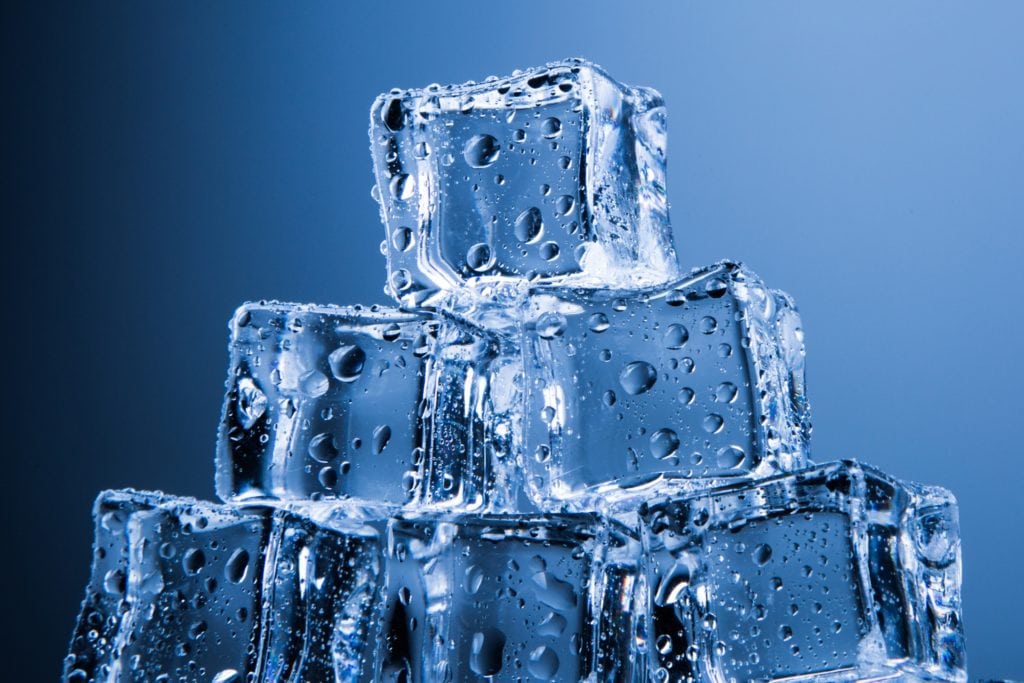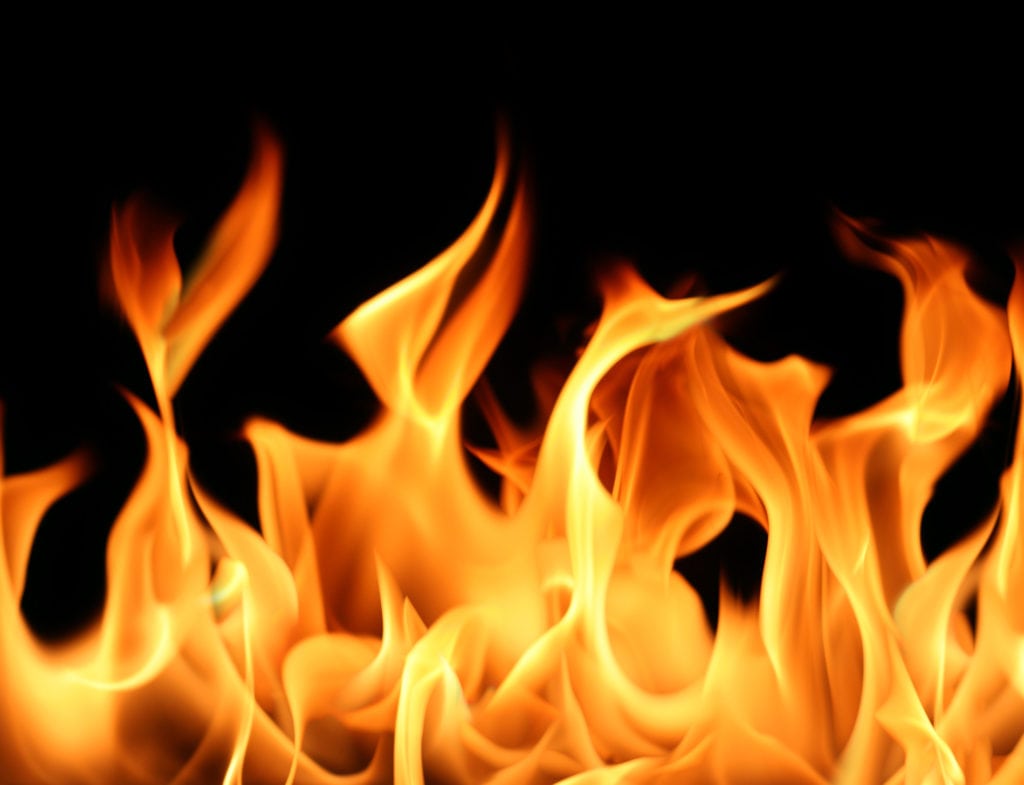Endothermic? Exothermic? What Does That Mean?
Let’s break these words down.
Starting with “endothermic”, the prefix “endo” means “within, inner, absorbing, or containing”, and the prefix “exo” means “outside, or out of”. Of course, the word “thermic” means “heat”. So, if we put it all together, an endothermic reaction is one that takes in heat, and an exothermic reaction is one that gives off heat.
Endothermic and Exothermic Reactions: The Definitions
Here are the official definitions of endothermic and exothermic reactions:
Endothermic reaction: Any chemical reaction or change in which energy in the form of heat is absorbed
Exothermic reaction: Any chemical reaction or change in which energy in the form of heat is released
How Do They Work?
On a molecular level, chemical reactions happen when the reactant molecules collide with enough energy to break down existing chemical bonds so that new ones can form. Every chemical reaction includes the same components: two or more reactants and a change in energy. To explain how endothermic and exothermic reactions work, let’s look at a couple of simple examples, starting with endothermic reactions.
What are endothermic and exothermic reactions? Our chemistry experts know everything there is to know about that, and would be happy to share their knowledge with you! They can answer any of your quick questions, or even help you prepare for a test! First, let’s cover the basics before we move on to the harder stuff.
Endothermic Reaction: Melting Ice
The melting of ice is a common endothermic reaction. Here’s what happens.
Water molecules are arranged in a rigid state (ice). Next, we add heat, which is a form of energy. Let’s say we leave our ice sitting in the sun. The sun gives off heat, and the ice absorbs this heat as a form of energy. This energy breaks down the rigid bonds in the ice, and causes the water molecules to move quicker and collide more often. As a result, the temperature of the ice rises and it turns into water! Basically, melting ice is an endothermic reaction because the ice absorbs (heat) energy, which causes a change to occur.
Other examples of endothermic reactions:
- Photosynthesis: Plants absorb the heat energy from sunlight and convert it into ATP and NADPH (energy storage molecules found within chloroplasts in a plant cell) while also giving off oxygen.
- Evaporation: Heat excites water molecules, causing them to collide faster and change state from liquid to gas.
- Sublimation: Dry ice, the solid form of carbon dioxide, has a lower temperature than ice. When it is exposed to higher temperatures, the dry ice changes directly from a solid to a gas.
Exothermic Reaction: Combustion
Next, we’ll talk about fire, or combustion, a classic example of an exothermic reaction.
A fire needs three things to start in a chain reaction: Fuel- standard diesel fuel has a chemical formula similar to: ![]() . Oxygen’s chemical formula is
. Oxygen’s chemical formula is ![]() .
.
And, of course, heat is the final ingredient. Our reactants are the chemicals in the fuel and oxygen, and the heat is our required energy source. For solving stoichiometry equations, this list of free homework help websites might be useful.
Let’s say we’re having a bonfire at the beach. You pile the wood in the fire pit. Then, you add some gasoline on top of it, and light a match. The heat from the match causes the carbon and hydrogen molecules in the fuel to collide with the oxygen molecules at a very high rate. Then, the speed at which bonds are being broken down and remade causes combustion, or, fire, which gives off carbon dioxide and other chemical compounds in the form of smoke. So, smoke and heat (lots of it) are the products of this exothermic reaction. To summarize, two or more chemical reactants are put together, and energy is added to allow the chemical bonds to break down and reform at a high rate. This high speed chain reaction releases large amounts of heat.
Other examples of exothermic reactions:
- Condensation: Think of a glass of cold water. As time passes and water temperature drops, the gas molecules (water vapor) around that glass slow down and change state from gas to liquid as they collect on the surface of the glass. This is an exothermic reaction because heat is technically given off in order for the gas to cool and change state.
- Oxidation: Take a piece of metal and get it wet. Over time, the water molecules on the metal’s surface bond with the oxygen in the air. Small amounts of heat from this reaction are given off as the metal itself begins to rust.
Endothermic and Exothermic Reactions: A Review
- Endothermic reactions absorb heat to bring on a chemical change. Photosynthesis, evaporation, sublimation, and melting ice are great examples.
- Exothermic reactions are chemical changes that release heat. Combustion and oxidation are the more common examples of this.
- When deciding whether a reaction is endothermic or exothermic, ask yourself if more heat is added or taken away in a particular reaction.
And now you know the basics! If you’re looking for extra help with a chemistry assignment, or would like more detailed explanations, click the buttons below! Then, you can register for a free StudyGate account, post emergency homework questions, find a tutor to meet with online! Whether you’re looking to improve your grades or simply expand your knowledge, StudyGate has everything you need!
Visit StudyGate.comNeed Homework Help? Click Here!Need One-On-One Tutoring? Click Here!


